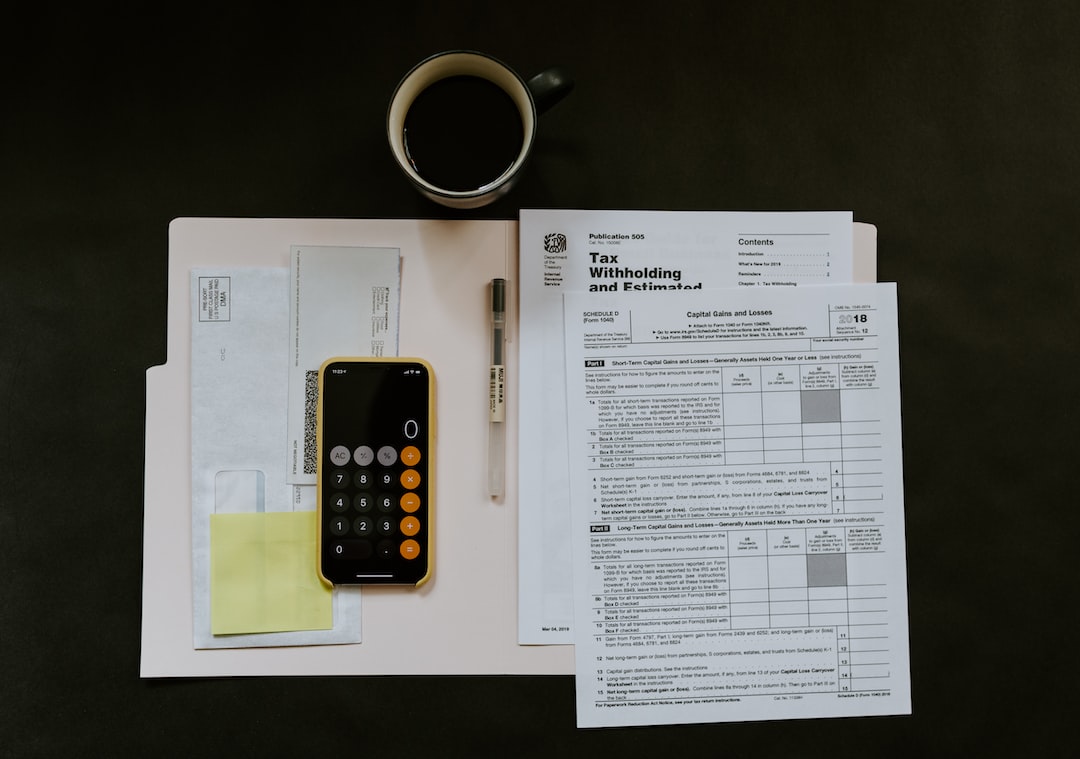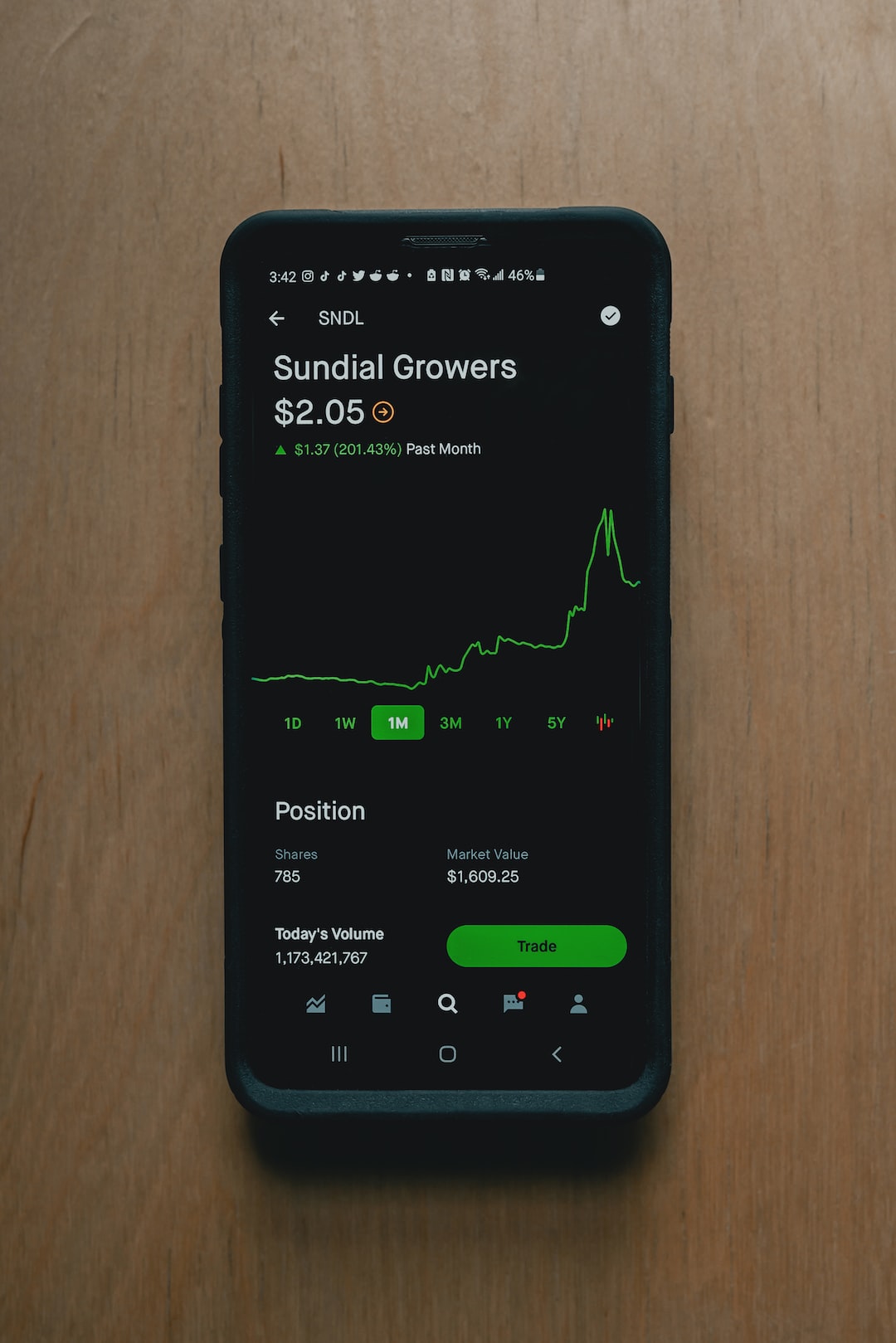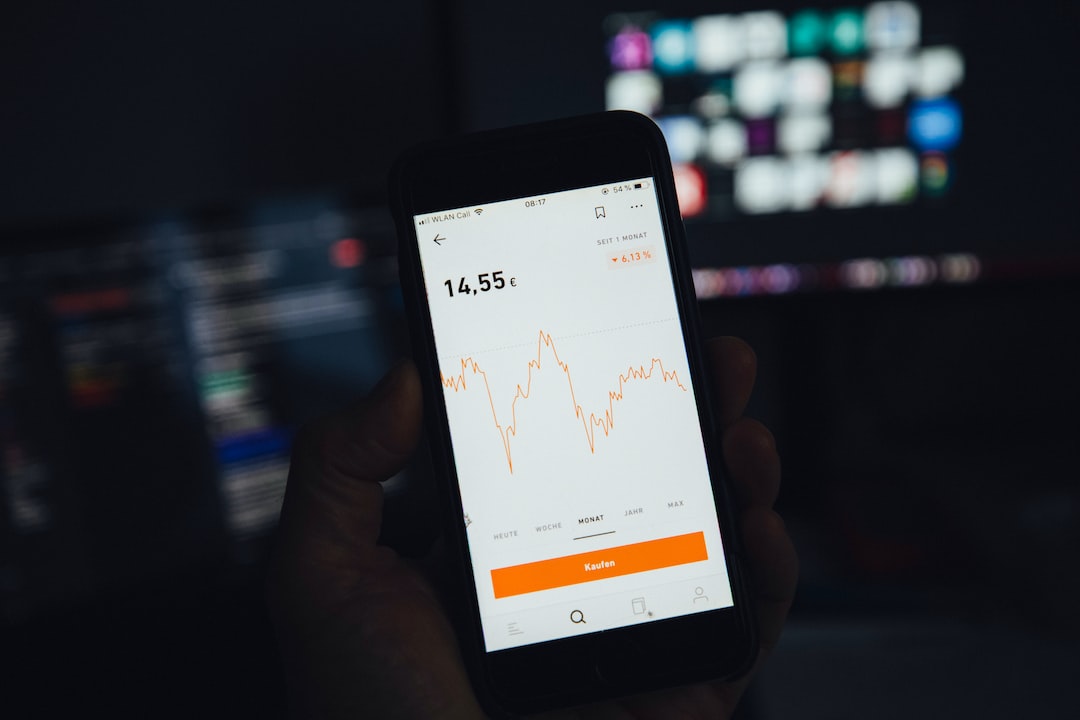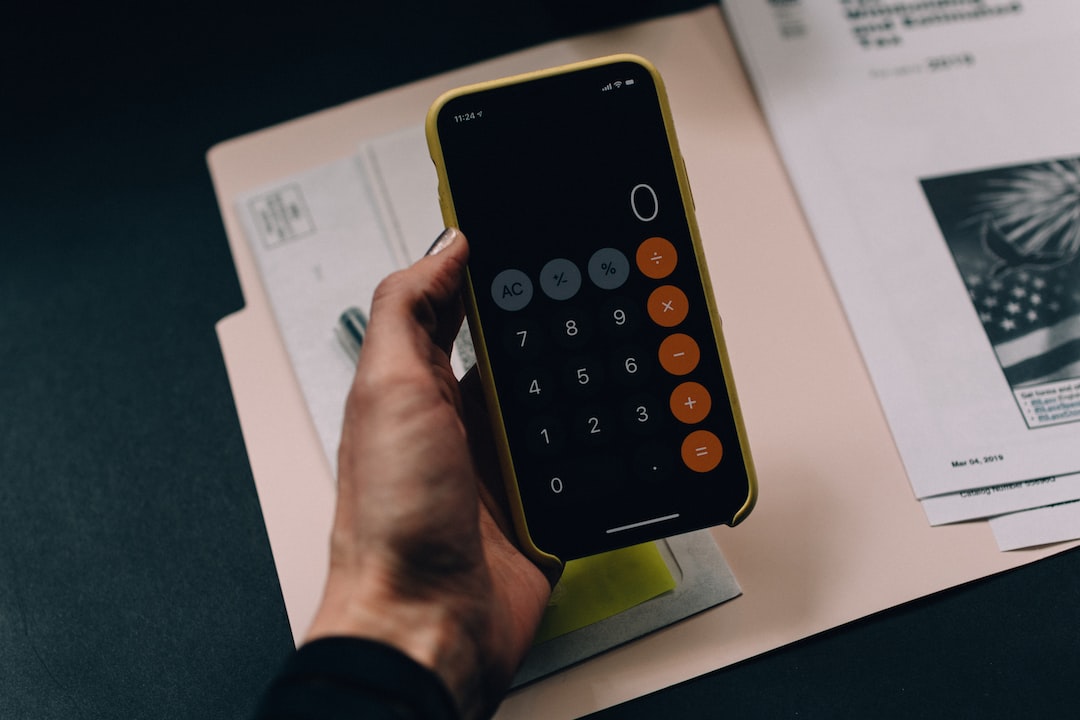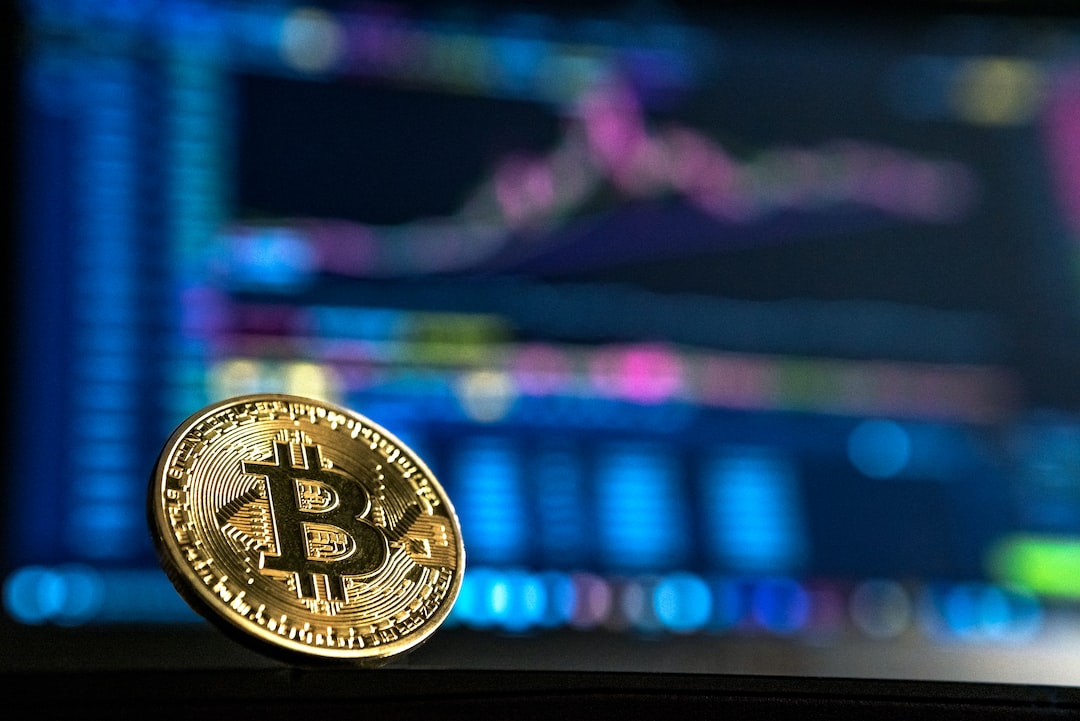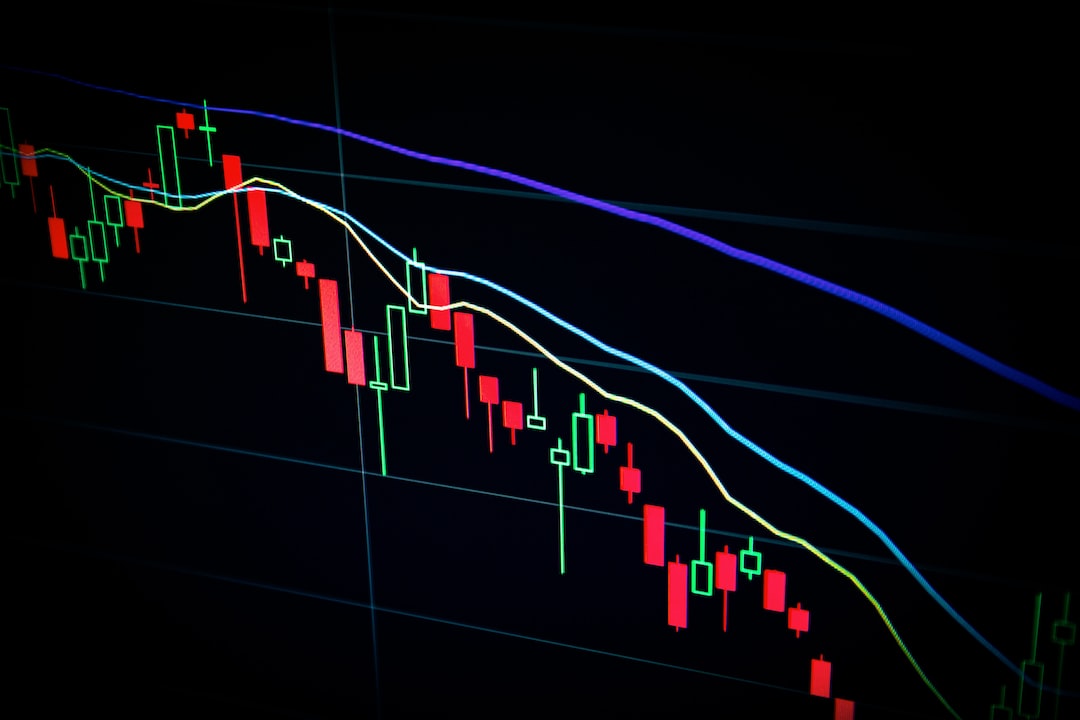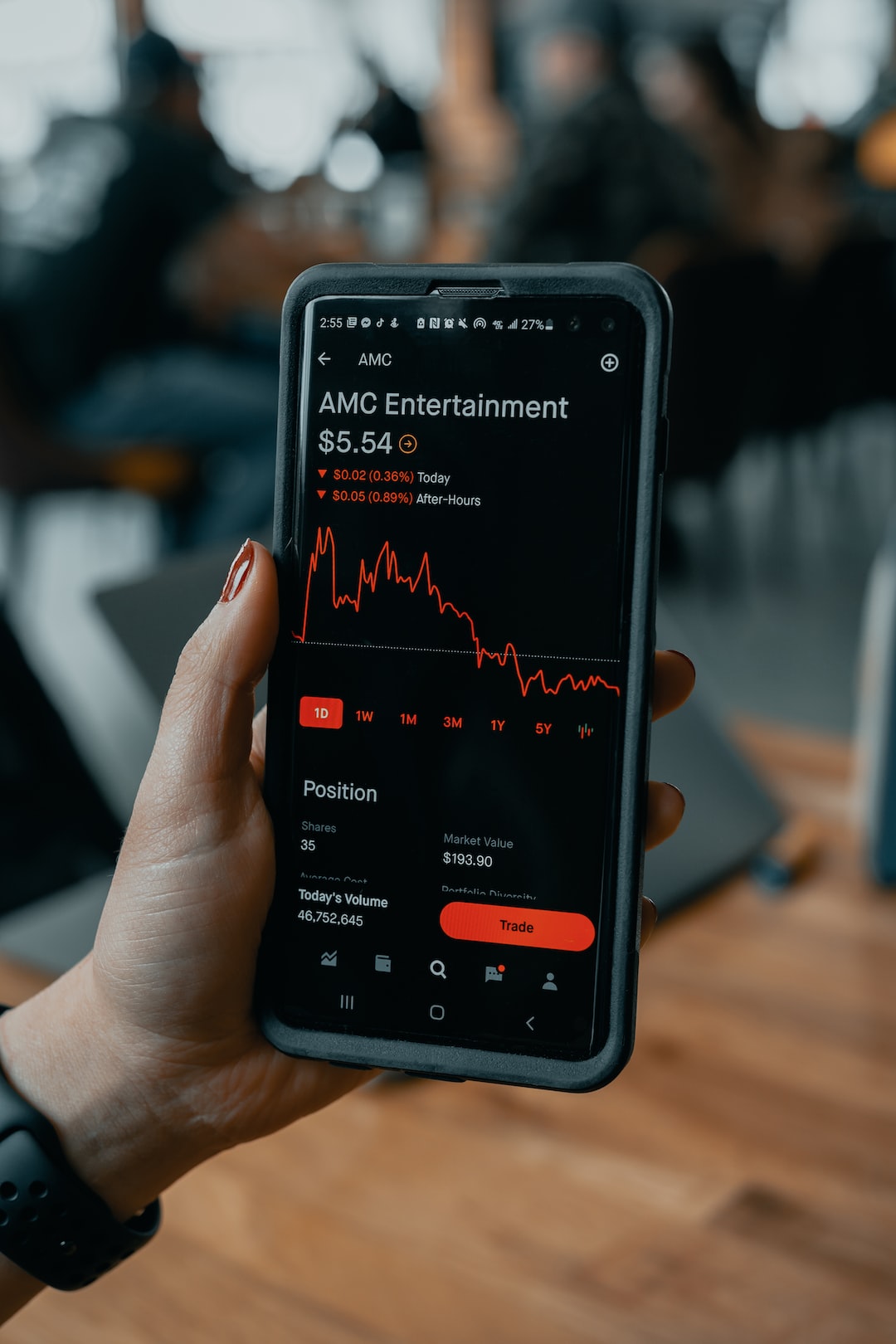Hedging vs. Stop Loss: Which is the Best Approach for Forex Trading?
When it comes to forex trading, managing risk is of utmost importance. Traders employ various strategies to protect their capital and minimize potential losses. Two popular risk management techniques used in the forex market are hedging and using stop loss orders. Both approaches have their own advantages and disadvantages, and understanding them can help traders make informed decisions.
Hedging is a risk management strategy that involves taking opposite positions in the market to mitigate potential losses. In forex trading, hedging typically involves opening two positions simultaneously: one in the direction of the primary trade and another in the opposite direction. This way, if the primary trade goes against the trader’s expectations, the losses can be offset by the profits from the hedging position.
One of the main advantages of hedging is that it allows traders to protect their capital in volatile market conditions. By opening a hedge position, traders can limit their potential losses while still participating in the market. This can be particularly useful when there is uncertainty or news events that could cause significant price fluctuations.
However, hedging also has its drawbacks. One major disadvantage is that it can limit the potential for profits. When traders hedge their positions, they essentially neutralize their exposure to the market, which means they will not benefit fully if the primary trade turns out to be profitable. Additionally, opening two positions simultaneously requires more capital, as both positions need to be fully funded. This can tie up a significant portion of the trader’s capital and limit their ability to take advantage of other trading opportunities.
On the other hand, using stop loss orders is a more straightforward approach to manage risk in forex trading. A stop loss order is an instruction given to a broker to automatically close a position if the price reaches a certain predetermined level. Traders can set stop loss orders at a specific price level below their entry point to limit potential losses.
One of the main advantages of using stop loss orders is that they are easy to implement and require less capital compared to hedging. Traders can set their stop loss levels based on their risk tolerance and market analysis, allowing them to define their maximum acceptable loss for each trade. Stop loss orders also provide protection against unexpected market movements, ensuring that losses are limited and the trader’s capital is preserved.
However, using stop loss orders also has its limitations. In volatile market conditions, prices can sometimes gap, meaning they can skip over the stop loss level and result in a larger loss than anticipated. This phenomenon is more common during news events or when the market is illiquid. Traders need to be aware of this possibility and adjust their stop loss levels accordingly.
In conclusion, both hedging and using stop loss orders are viable risk management techniques for forex trading. The choice between the two ultimately depends on the trader’s trading style, risk appetite, and market conditions. Hedging can be useful in volatile markets, allowing traders to protect their capital, but it can also limit potential profits and tie up more capital. Stop loss orders, on the other hand, are easier to implement, require less capital, and provide protection against unexpected market movements. However, they may not be foolproof in all market conditions. Traders should carefully consider their options and choose the approach that best suits their individual needs and preferences.




















